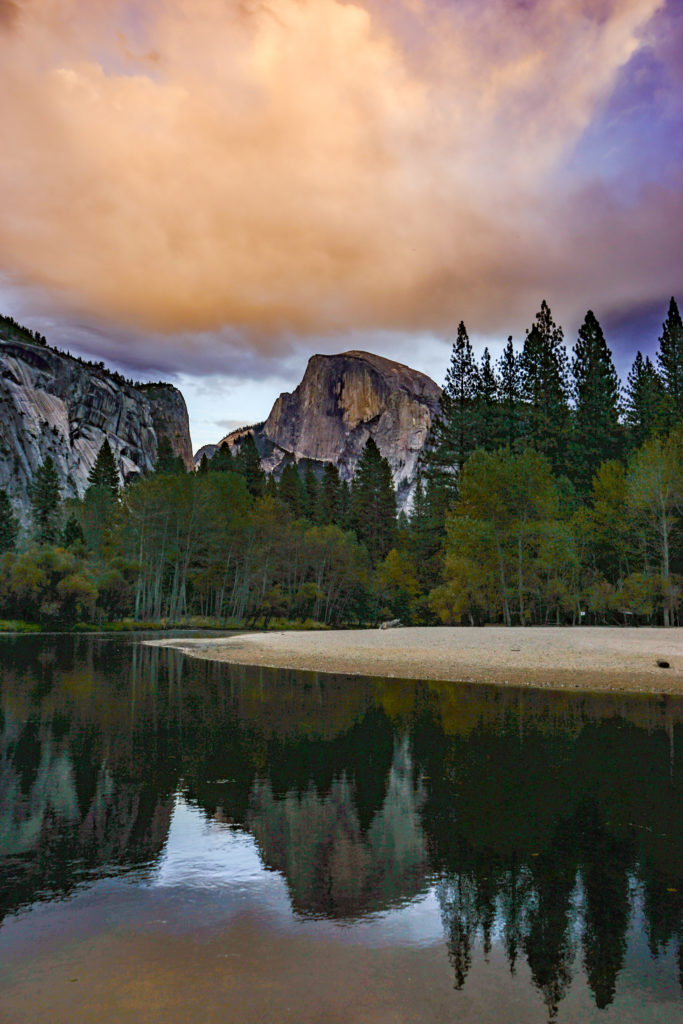About three weeks ago I moved to Zion National Park. As I was sitting in my office researching the park, so I would be able to answer any visitor questions, I saw something astounding. The visitation in Zion has increased from 2 million to 4.3 million in less than five years. I asked my supervisor why he thought the visitation had increased so much and he answered “social media.” I found this very interesting, about a year ago I wrote a blog entitled “How Social Media is Destroying our National Parks”, on this site and while I still stand by the arguments I made in the blog, today I thought that I would offer a different, alternative viewpoint on how social media is helping save our national parks. This issue is not, and has never been black and white.
Zion is 12 miles across and we have one six -mile scenic drive with limited parking. With 4.3 million people visiting in 2016, you can imagine that things get pretty crowded. And while more visitation isn’t always a good thing, different visitation is. You see, the average visitor to our national parks is a 65-year-old white person. This demographic does not reflect our society as a whole. And with attacks on our public lands coming from all sides, we need to remind the younger generations that these are places that deserve to be protected forever. The parks desperately need to reach this younger, more diverse audience in order to stay relevant, in order to create the next generation of advocates. One way to reach these audiences is to meet them where they are at. And with billions of people –especially young people- using social media every day, where better to meet them than online? People in urban areas like Las Vegas and Salt Lake City are seeing their friends post photos from Zion and realizing that these beautiful places aren’t that far away and coming to them in droves.
But with that many people coming to park, how can we possibly educate them all so that remain safe and don’t damage the park? In all of 2016, Yosemite had about 5 million visitors. In one week Yosemite can reach that same number through its social media audience. The possibilities are endless. Safety messages accompanying a nice pictures will get thousands of shares. Beautiful pictures with a leading question will have people reflecting on their time in the park, and reminding them that these are places that need to be protected. Even better is that the parks can use social media to educate large masses of people on how to act while in a park.
A wonderful example of park that is utilizing social media to accomplish the goal of educating the masses in a very big way is Yellowstone with their groundbreaking Yellowstone Pledge. Taking the Yellowstone Pledge means that you are pledging to respect the park and it’s resources. The park was brilliant in that they reached out to people who have millions of people following them and asked them to promote the pledge on their social media accounts, reaching far beyond their already giant social media following. In addition, any photos hashtagged as #YellowstonePledge are eligible to be featured on their accounts. This encourages people even more to follow the rules and promote the pledge. Instead of doing ridiculous things to get accounts to feature them so that they might gain followers, they are now following the rules and promoting others to do the same in order to gain followers. It’s a brilliant idea that other parks should try and copy. And while no one thing is going to solve all the problems our parks are facing, this is certainly a giant step in the right direction.

